Dateline: New Delhi | Tuesday, October 14, 2025 (IST)
In a decisive move aimed at restoring public confidence, the Supreme Court of India has ordered the Central Bureau of Investigation (CBI) to take over the inquiry into the deadly Karur stampede in Tamil Nadu, which claimed 41 lives during a rally addressed by actor-politician Vijay, chief of Tamilaga Vettri Kazhagam (TVK). Underscoring citizens’ right to a fair investigation, the Court coupled the transfer with judicially supervised oversight—a three-member committee led by former Supreme Court judge Justice Ajay Rastogi, supported by two senior IPS officers (not below IG rank), to monitor progress and ensure that facts, accountability chains, and remedial protocols are pursued without fear or favour.
Moments after the order, Vijay welcomed the decision, echoing a demand voiced by bereaved families for an investigation that is both independent and seen to be independent. The Court’s ruling comes against a textured background: questions about permissions, crowd-control planning, midnight post-mortems, and a jurisdictional tussle between benches that had earlier surfaced during proceedings.
What the Supreme Court Ordered—and Why It Matters
At its core, the order does three big things:
- Transfers the investigation to the CBI, India’s premier federal agency, removing any cloud of partiality that might hover over a state-police-led probe into a politically fraught tragedy.
- Creates an oversight framework—the Justice Ajay Rastogi committee—to supervise CBI’s work, set timelines, receive periodic reports, and iron out inter-agency friction that often slows high-profile cases.
- Signals the “political undertones”: by explicitly recognizing the public-interest dimension and optics of the case, the Court set a higher evidentiary bar and insisted on a transparent process.
A copy of the reportable order, listing the clubbed petitions (including W.P. (Crl.) No. 412 and 413 of 2025), makes clear that multiple pleas—from victims’ families and political stakeholders—coalesced into the demand for a central probe.
The Tragedy: What Happened in Karur
On 27 September 2025, a massive crowd gathered at Veluswamypuram, Karur, for a TVK rally. A surge—the classic chain reaction of compacted movement, narrowed buffers, and a sudden pull toward a focal point—turned fatal. Forty-one people died, scores were injured, and Tamil Nadu announced compensation and an administrative inquiry. Open-source chronicles and press accounts emphasize overcrowding, barricade pressure points, choke corridors near equipment vans, and a sequence of surges as alleged triggers.
The state registered cases, made arrests of local functionaries, and set up a judicial commission at its level—but public skepticism intensified as contested details emerged: event permissions, night-time post-mortems, and arguments that a tragedy of this scale—during a political rally—required federal detachment. The Supreme Court took cognizance in multiple linked matters.
From State SIT Talk to Federal Control: The Legal Back-and-Forth
In the run-up to Monday’s order, the Supreme Court questioned aspects of prior directions, including a Madras High Court SIT track and jurisdictional issues between benches, while posing tough queries to the state: Why was this rally permitted when others were denied? What explains the unusual timing of post-mortems? The Court’s interim posture foreshadowed a likely centralization. The final move to the CBI, under judicial oversight, consummates that logic: prevent forum shopping and ensure that evidence collection, digital forensics, and witness handling are not fractured across agencies.
Oversight Architecture: Justice Ajay Rastogi Committee
By appointing Justice Ajay Rastogi (Retd.) to head a three-member supervisory panel—with two IG-rank officers as members—the Court designed a hybrid model: the CBI leads on the ground; the committee monitors, asks for status, and nudges inter-governmental cooperation. This reduces the two pathologies that often dog federal probes: state-centre tug-of-war and procedural drift. It also helps the Court avoid micro-managing an active investigation while keeping a credible hand on the tiller.
What the CBI Will Likely Examine
1) Permissions & Protocols: Who sought approvals? Were venue capacity, ingress-egress, barricade layouts, medical posts, and evacuation plans fit for purpose? Risk assessments before high-octane political events matter more than slogans on the day.
2) Crowd-Management Chain of Command: Which officers and organizers held operational charge? Were buffers and no-go corridors enforced? Did intelligence inputs warn of pressure points? (Local accounts speak of intelligence lapses; the oversight note flags this too.)
3) Trigger Dynamics: In crowd science, deadly surges often follow delayed starts, stage-proximal bottlenecks, or contraflow near exits. The agency will map CCTV, RF logs, mobile location data, and stage-side time stamps to reconstruct the trigger cascade.
4) Responsibility & Narrative Integrity: Expect scrutiny of instigation allegations, messaging, and post-event conduct—who did what, who said what, who complied or defied SOPs. High-stakes probes live or die by chain-of-custody discipline and credible witness protection.
5) Aftermath Irregularities: From night post-mortems to documentation gaps, any deviation from standard death-investigation practice will be documented and, if substantiated, charged.
“We Want Prevention, Not Just a Probe”: What Families Are Saying
While many relatives have welcomed the Supreme Court’s order, a striking chorus from Karur is about future safety, not only retribution. Families told reporters they want standard operating procedures (SOPs) that actually manifest in barricades, real-time headcounts, public-address clarity, and ambulance corridors at every big rally—irrespective of party colours. Survivors insisted that judicial monitoring shouldn’t end with filing chargesheets; it should compel protocol reform that prevents the next tragedy.
Politics and Public Safety: The “Undertones” the Court Noted
The Court’s reference to political undertones recognizes an unavoidable truth: mass rallies sit at the crossroads of free assembly, political competition, and public safety obligations. In that triangle, there’s historical slippage—permissions granted late, conditions diluted, crowd-science advice ignored, security cut to optics. By federalizing the probe and setting up oversight, the Court aims to disentangle political noise from factual signal and fix accountability with legitimacy intact.
Editorially, this is good doctrine. When the subject is a ruling party (state) vs. an ascendant challenger, trust in a state-police-only probe is fragile by definition. The CBI + retired-judge supervision is about due process optics as much as outcomes.
What a “Good” Investigation Looks Like (And How the Panel Can Guard It)
1) Timeline Discipline: A public-facing milestone map—registration, witness statements, forensic collection, interim findings—prevents drift.
2) Evidence Integrity: Early forensic imaging of CCTVs, stage consoles, power backups, and mobile records is non-negotiable. Crowd-crush probes are won in the first 72 hours of data capture.
3) Multi-Stakeholder Interviews: Not only organizers and police; stage techs, private security, ambulance crews, traffic controllers, and media OB vans offer time-stamped vantage points.
4) Crowd Science Expertise: The committee should empower CBI to engage independent crowd-dynamics experts to model densities (people per sq. m), flow rates, pinch points, and contraflows.
5) Protective Orders: Assure no retaliation against whistleblowers—public officials or private contractors—who disclose lapses.
The Karur Case in India’s Crowd-Safety Timeline
India’s record shows a pattern: religious gatherings, fairgrounds, stadia, and political rallies repeatedly expose the same fault lines—over-the-limit density, choke exits, late cueing, and sound-system failures that push crowds closer to the stage. Each tragedy spurs guidelines; too few convert to non-negotiable checklists with real penalties for breach. Karur’s probe, under judicial watch, is a chance to codify a template that states and parties must adopt year-round—SOPs with teeth, enforceable beyond the news cycle. (Local voices are already calling for that.)
The Vijay Factor: Double-Edged Politics
Analysts have called the CBI shift a double-edged sword for Vijay/TVK: on the one hand, a federal probe may clear the air if the party’s operational conduct stands up to scrutiny; on the other, hard evidence of planning lapses could extract a political—and legal—price. Either way, the DMK government faces questions about event permission consistency and police planning. The Court’s architecture attempts to keep facts above faction.
The Law, The Families, The Future
A CBI probe with judicial monitoring cannot erase loss. What it can do is establish sequence, causation, and responsibility with credibility. If the oversight committee also recommends and tracks SOP adoption—from pre-event risk ratings to mandatory buffer zones, real-time density counters, and paramedic staging—Karur could become the inflection that India’s crowd-safety playbook needed.
Grieving families interviewed in Karur said as much: truth matters, but prevention matters more.
#SupremeCourt #Karur #CBI #TamilNadu #RuleOfLaw #PublicSafety #IndiaNews #Vijay #TVK


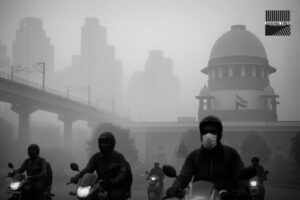
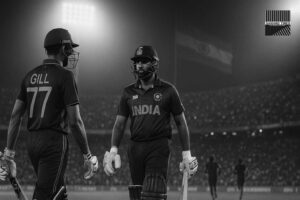
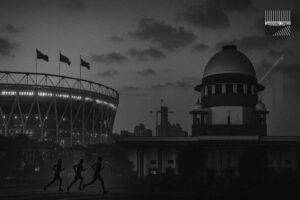
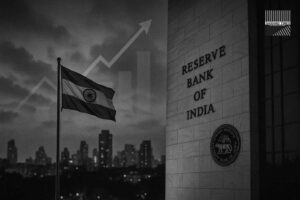
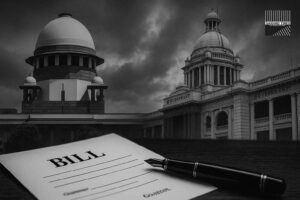
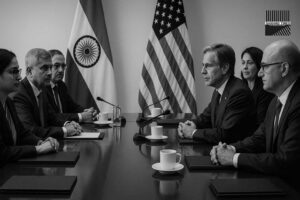



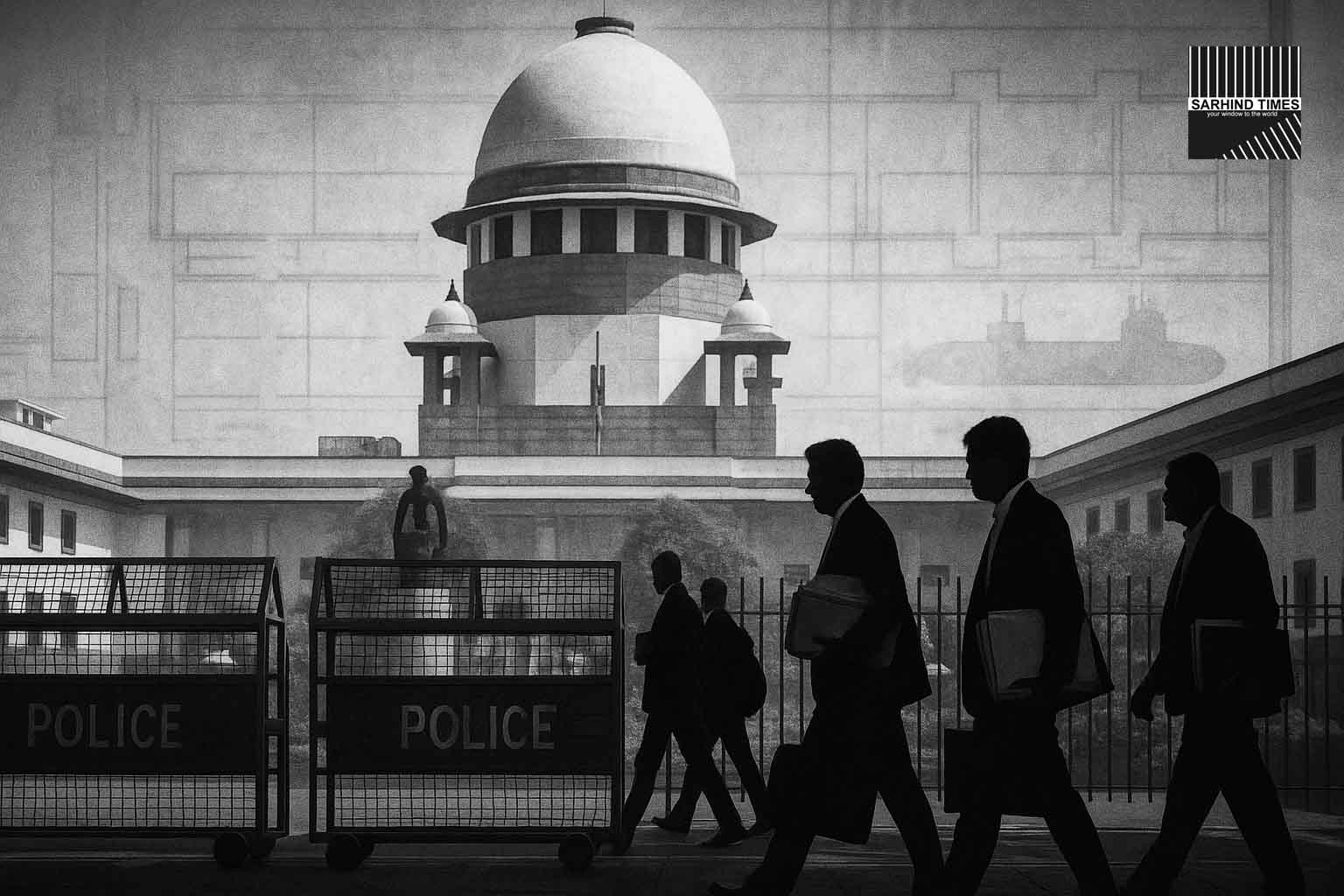

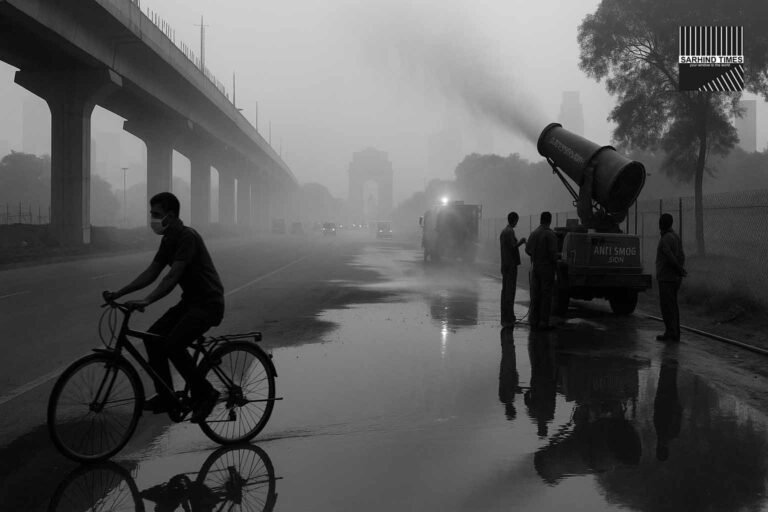
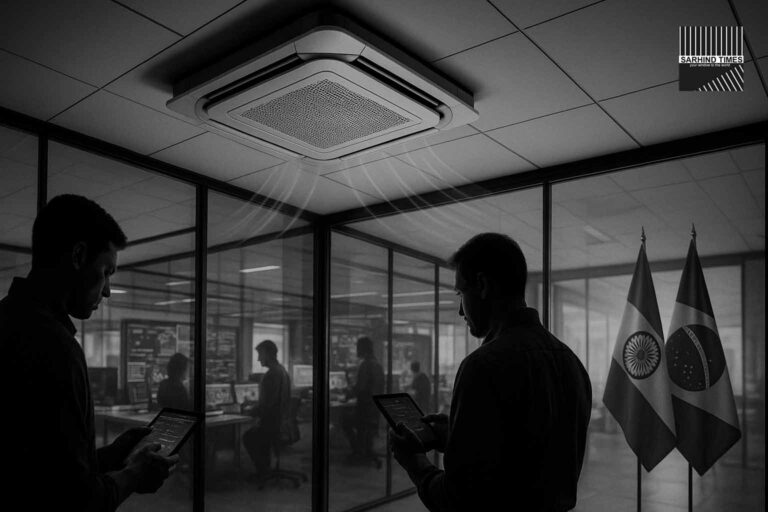
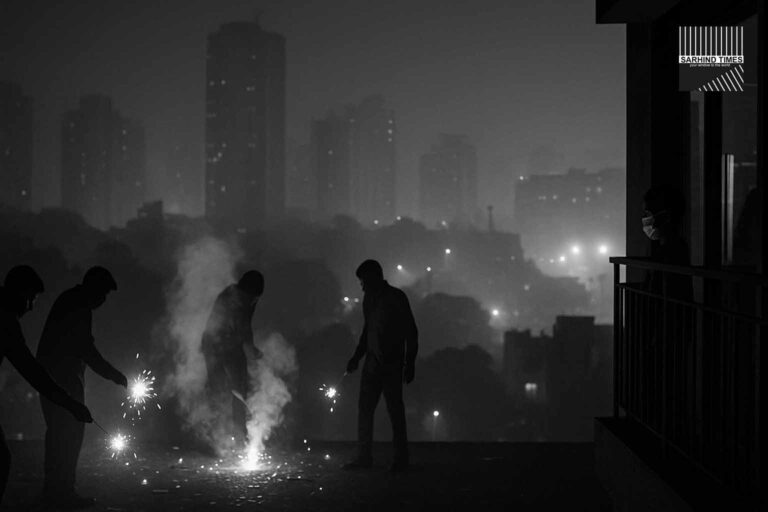
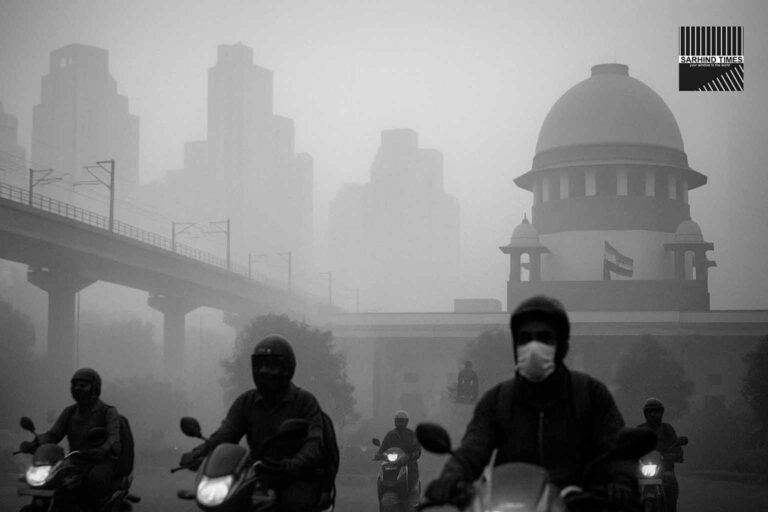
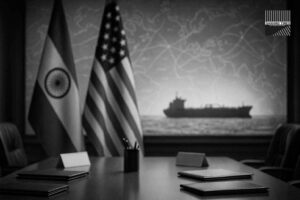
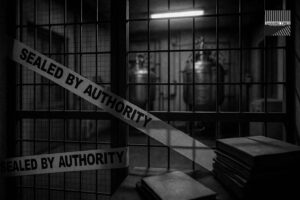
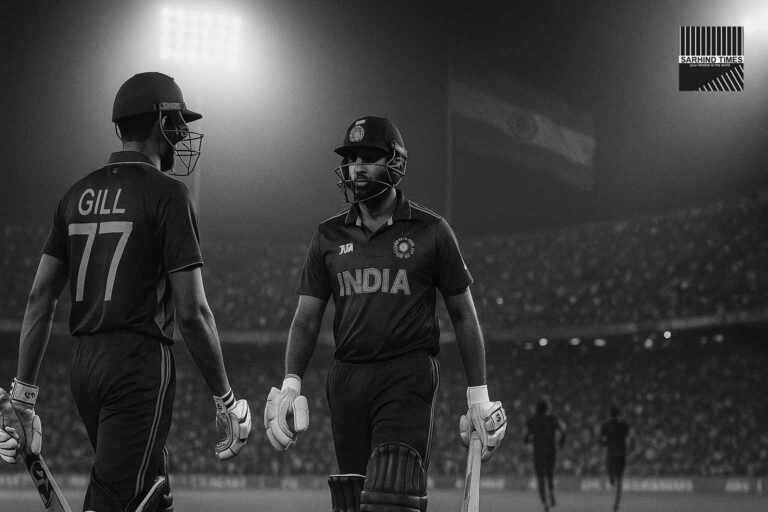
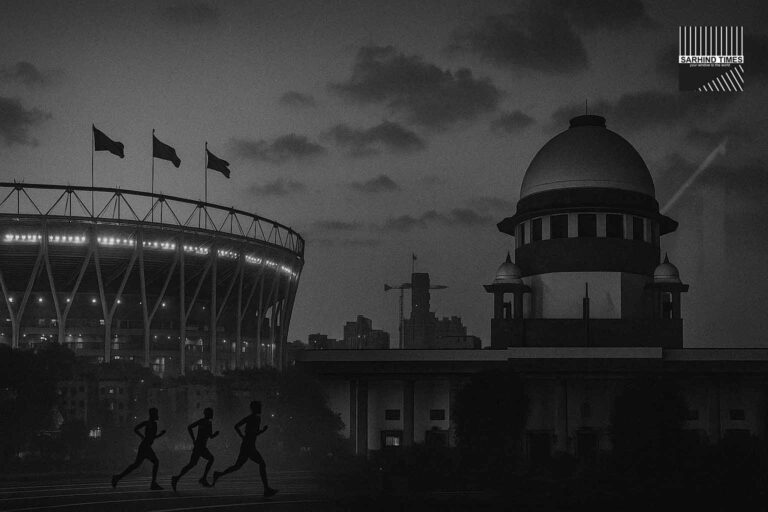
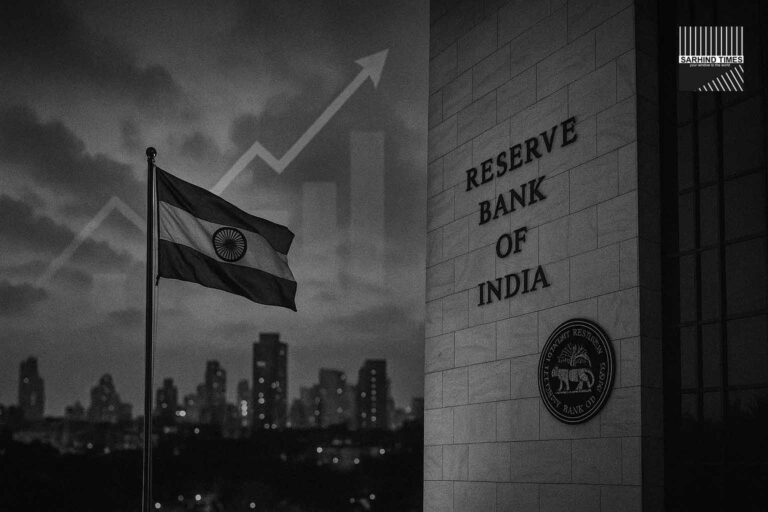
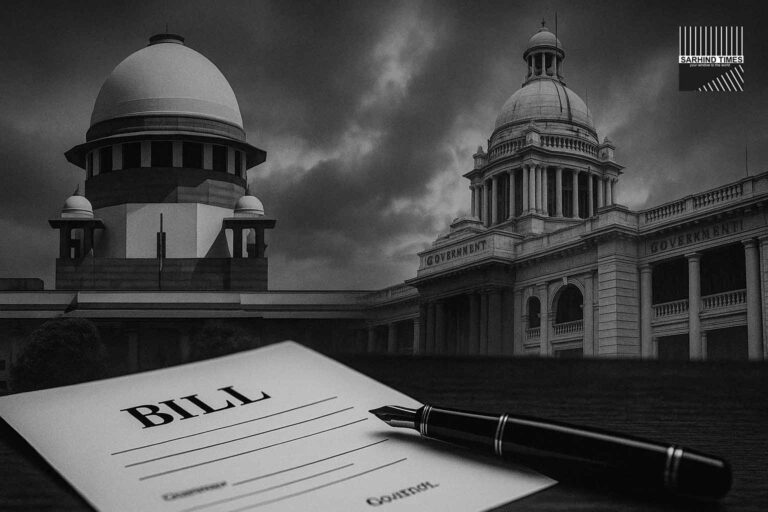
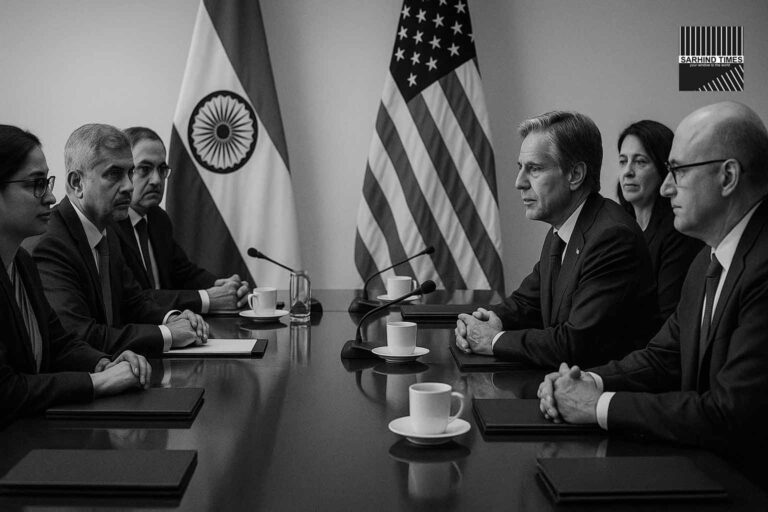
+ There are no comments
Add yours